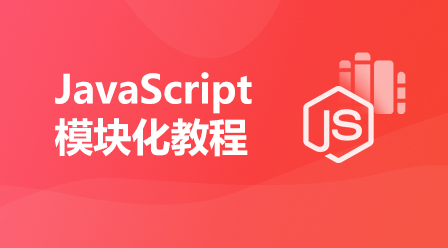JavaScript syntax
JavaScript Syntax
JavaScript is a programming language. Grammar rules define the structure of a language.
JavaScript syntax
JavaScript is a scripting language.
It is a lightweight, yet powerful programming language.
JavaScript Literal
In a programming language, a literal is a constant, as in 3.14.
Number literal can be an integer or a decimal, or scientific notation (e).
String literal can use single or double quotes:
<!DOCTYPE html>
<html>
<head>
<meta charset="utf-8">
</head>
<body>
<p id="demo"></p>
<script>
document.getElementById("demo").innerHTML = 'John Doe';
</script>
</body>
</html>Array literal defines an array:
[40, 100, 1 , 5, 25, 10]
Object literal defines an object:
{firstName:"John", lastName:"Doe", age:50, eyeColor:"blue "}
Function literal defines a function:
function myFunction(a, b) { return a * b;}
JavaScript Variables
In programming languages, variables are used to store data values.
JavaScript uses the keyword var to define variables and the equal sign to assign values to variables
<!DOCTYPE html>
<html>
<head>
<meta charset="utf-8">
</head>
<body>
<p id="demo"></p>
<script>
var length;
length = 1;
document.getElementById("demo").innerHTML = length;
</script>
</body>
</html>JavaScript operators
JavaScript uses arithmetic operators to Calculated value:
<!DOCTYPE html>
<html>
<head>
<meta charset="utf-8">
</head>
<body>
<p id="demo"></p>
<script>
document.getElementById("demo").innerHTML = (5 + 6) * 10;
</script>
</body>
</html>The JavaScript language has many types of operators:
Conditional, comparison and logical operators == != < #In HTML, a JavaScript statement sends a command to the browser.
Statements are separated by semicolons: x = 5 + 6;y = x * 10;
JavaScript Keywords
var x = 5 + 6;
JavaScript Keywords
JavaScript also reserves some keywords that are not used in the current language version, but will be used in future JavaScript extensions.
JavaScript keywords must begin with a letter, an underscore (_), or a dollar sign ($). Following characters can be letters, numbers, underscores or dollar signs (numbers are not allowed to appear as the first character, so that JavaScript can easily distinguish keywords and numbers).
The following are the most important reserved words in JavaScript (in alphabetical order):
abstract else instanceof super
##boolean enum int switch
##break export interface synchronized
byte extends let this
case false long throw
##char finally new transient
class float null true
const for package try
##continue function private typeof
#default if public void
delete implementations return volatile
do import short while
double in static with
JavaScript Note
Not all JavaScript statements are "commands". The content after double slash // will be ignored by the browser:
// I will not execute
JavaScript data type
JavaScript has multiple data types: numbers , string, array, object, etc.:
var length = 16; #var lastName = "Johnson"; // String Assignment via string literal
var cars = ["Saab", "Volvo", "BMW"]; // Array Assignment via array literal
var person = {firstName:"John", lastName:"Doe"}; // Object assignment through object literal
Concept of data type
Programming language , data type is a very important content.
In order to be able to manipulate variables, it is very important to understand the concept of data types.
If the data type is not used, the following example will not be executed:
16 + "Volvo"
16 How is adding "Volvo" calculated? The above will generate a Is there an error or the following result is output?
"16Volvo"
You can try executing the above code in your browser to see the effect.
In the following chapters you will learn more about data types.
JavaScript function
JavaScript statements can be written within functions, and functions can be referenced repeatedly:
Referencing a function = calling a function (executing statements within the function).
function myFunction(a, b) {
return a * b; // Return the result of multiplying a by b}
## JavaScript is case-sensitive.
To learn more, study our complete Unicode reference manual.














